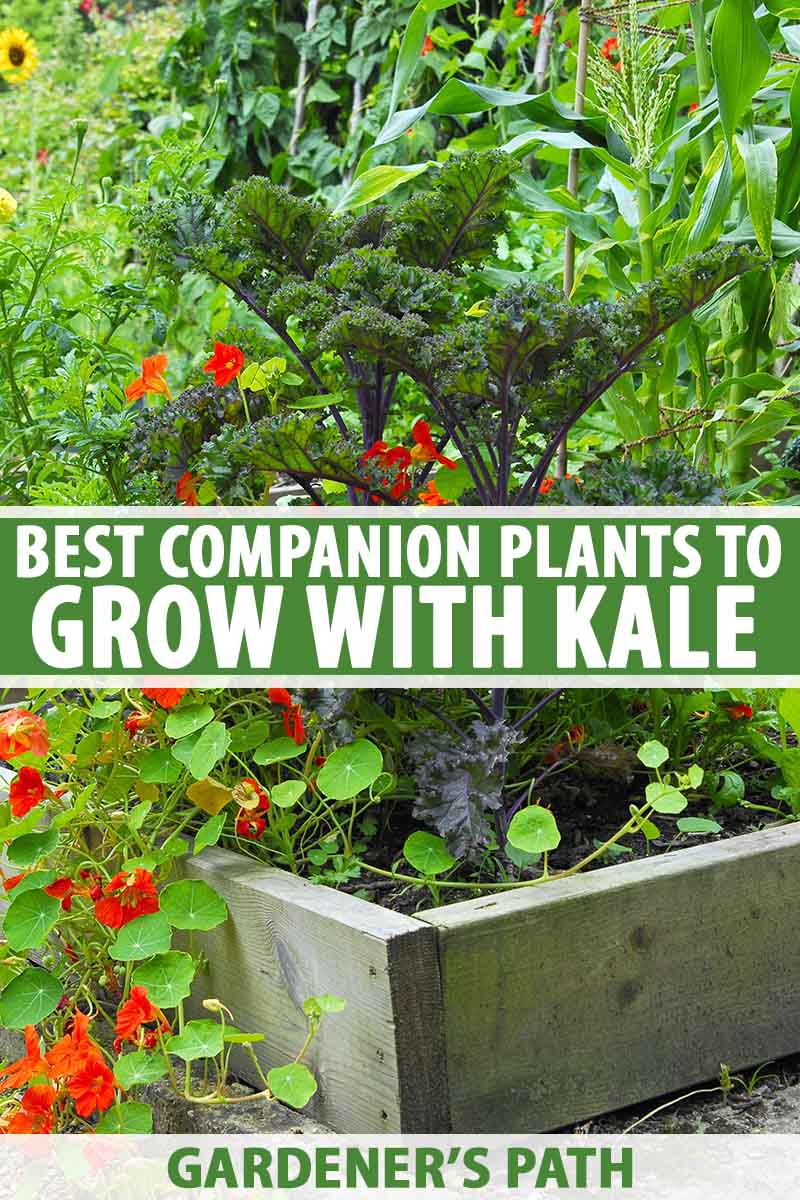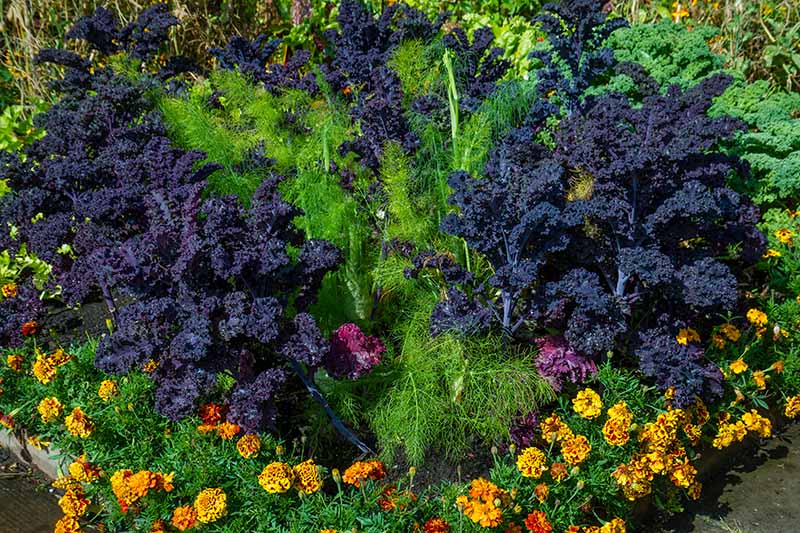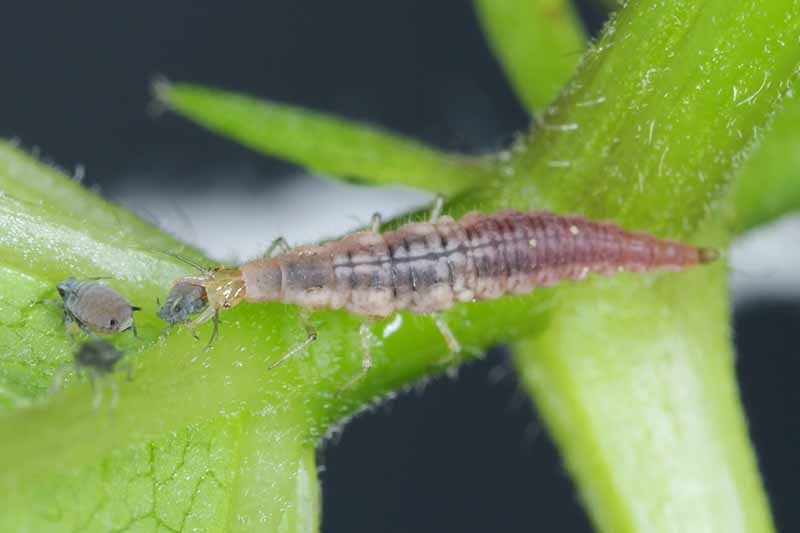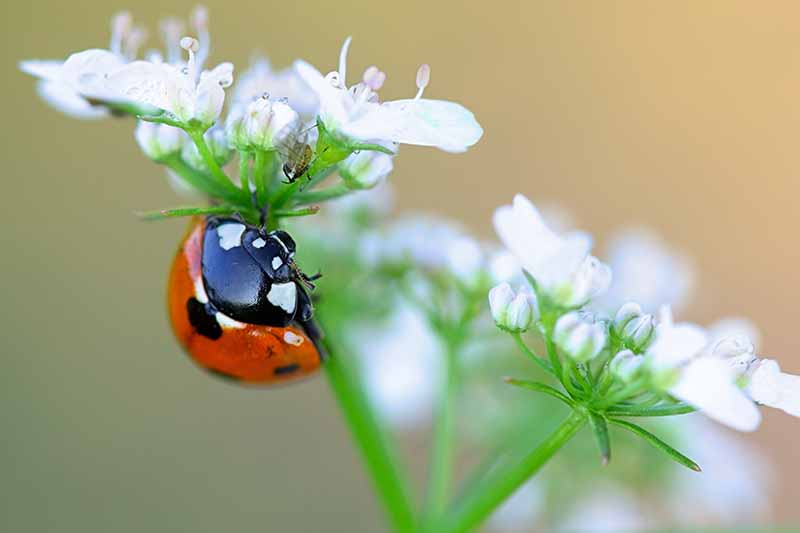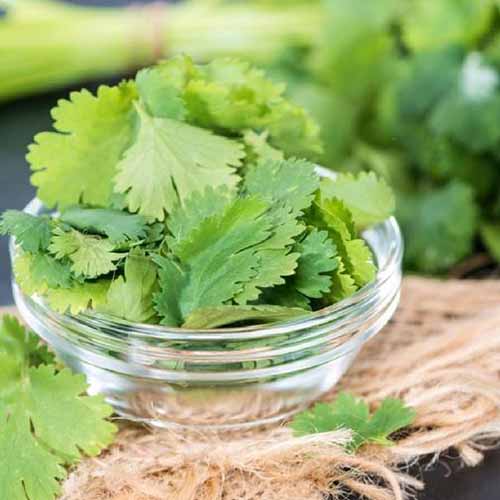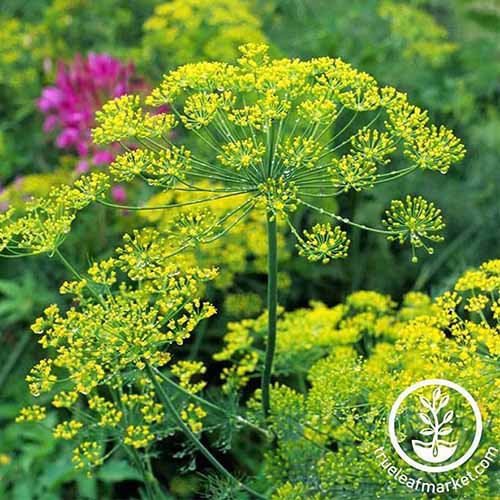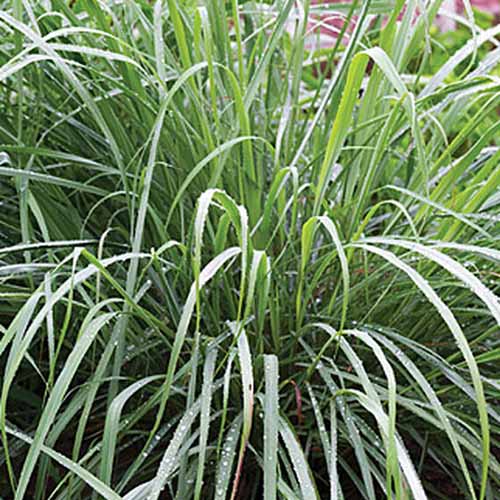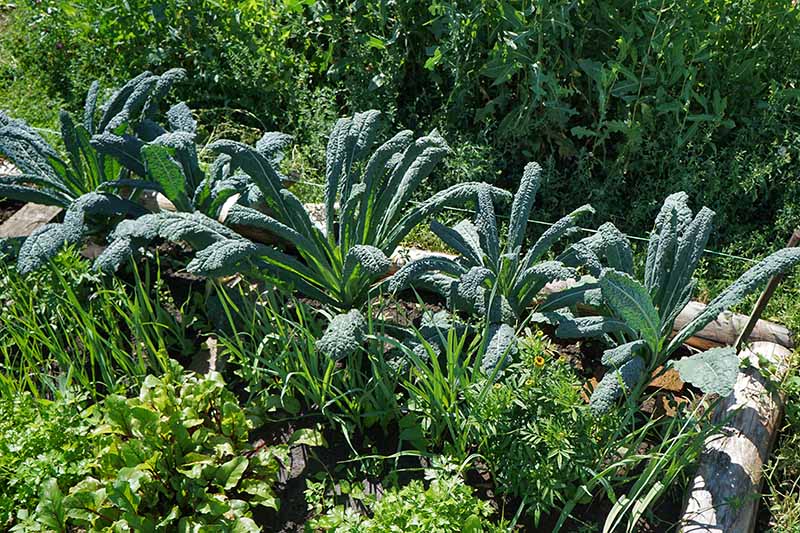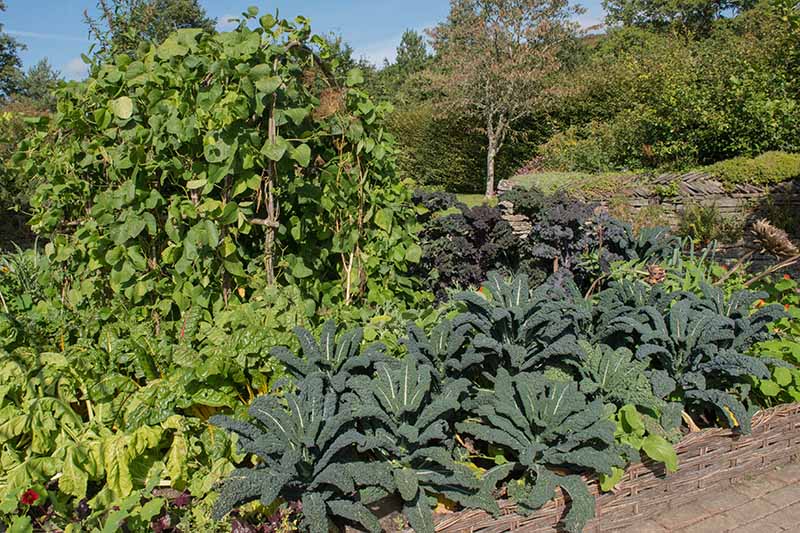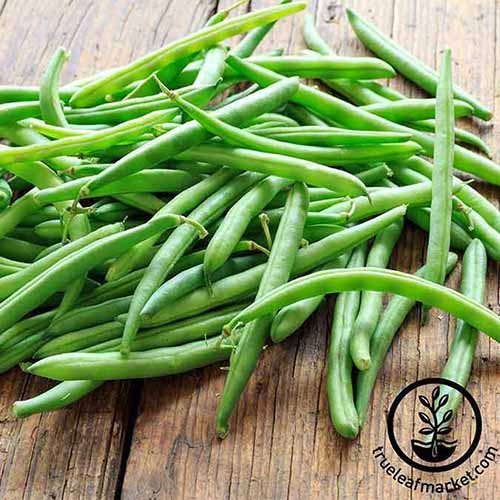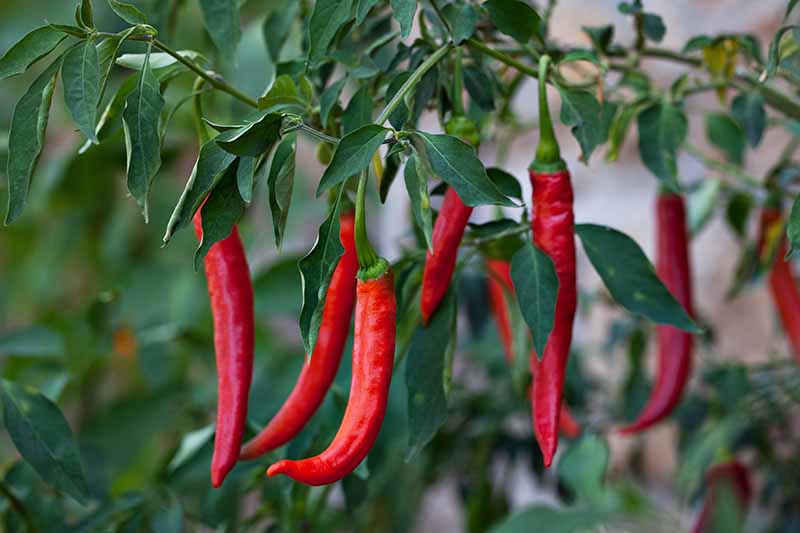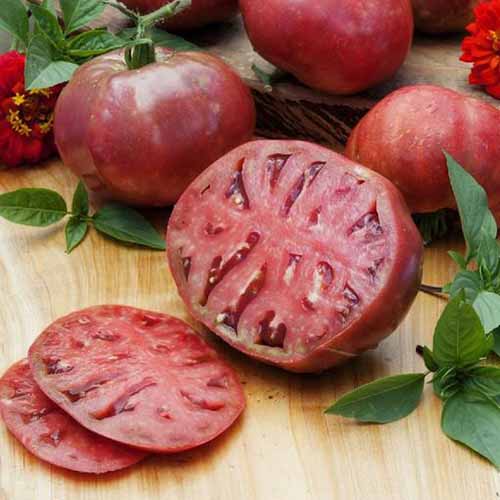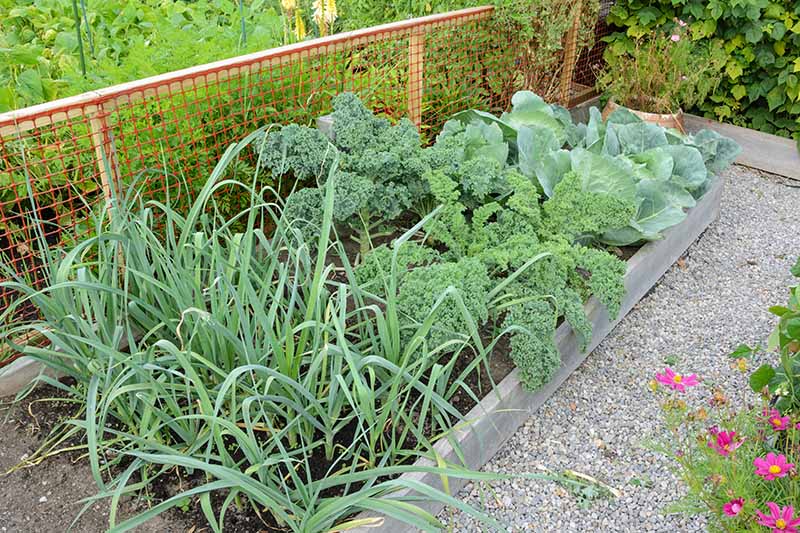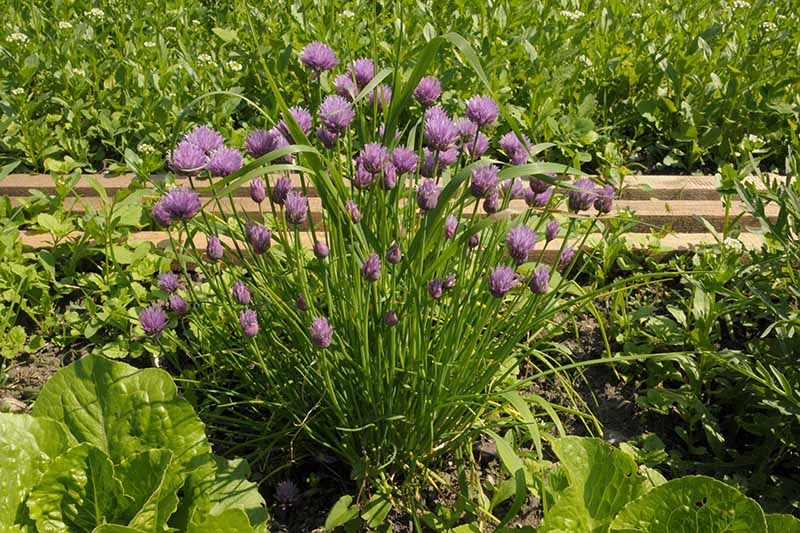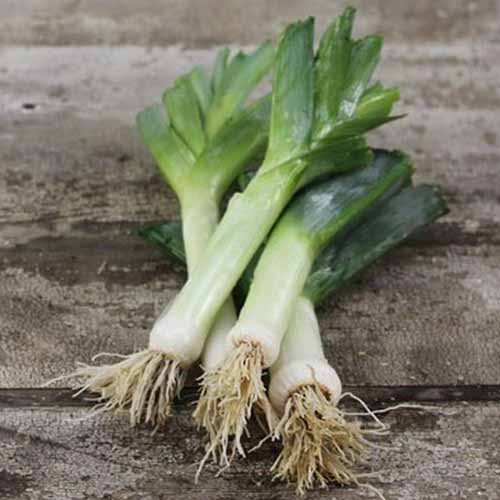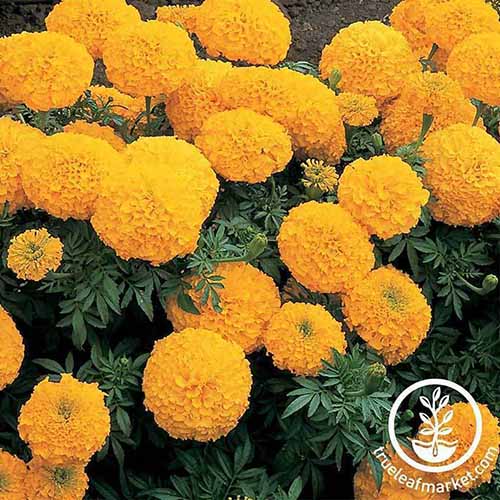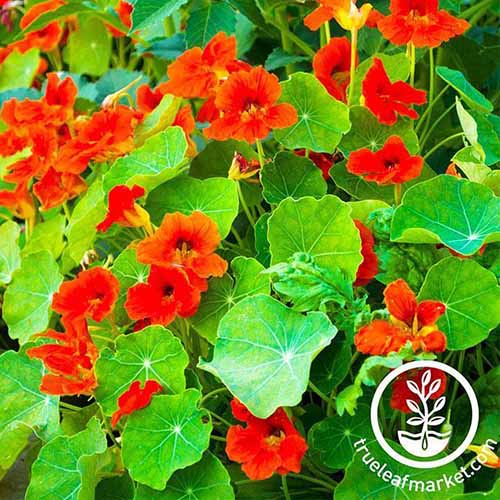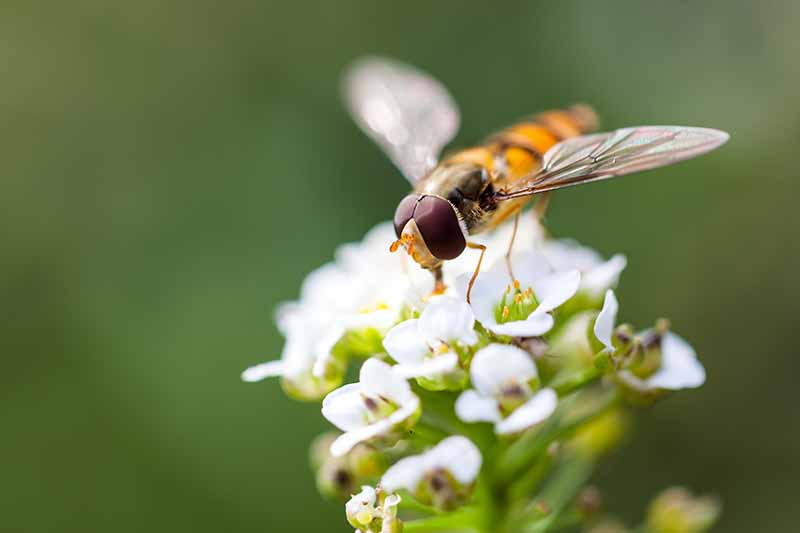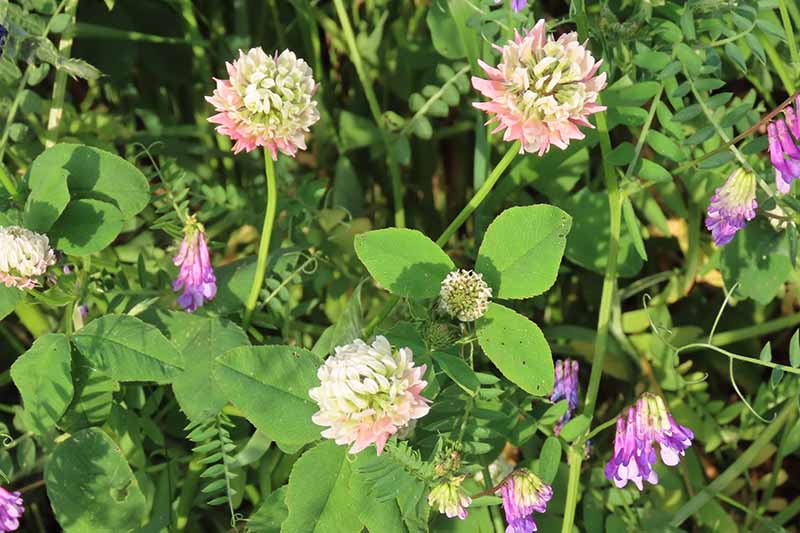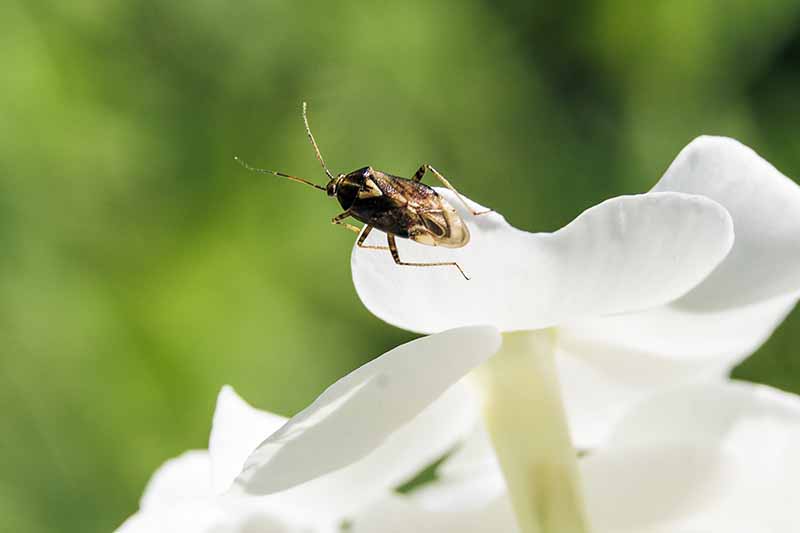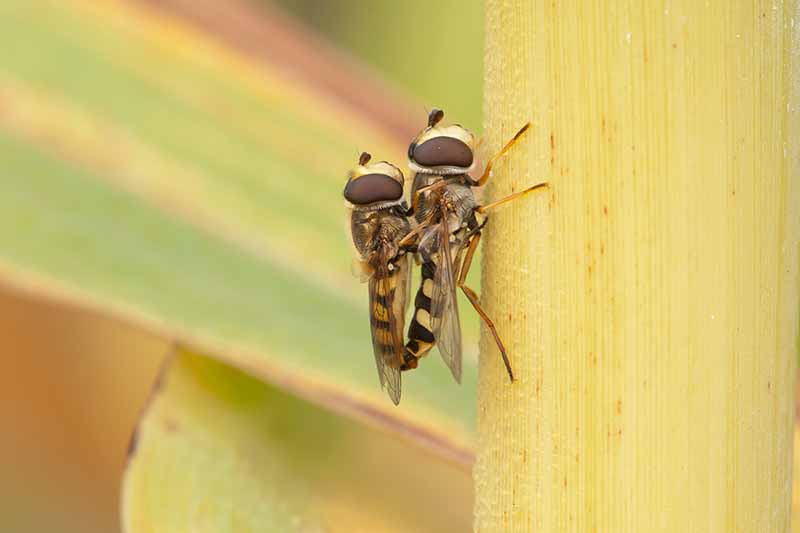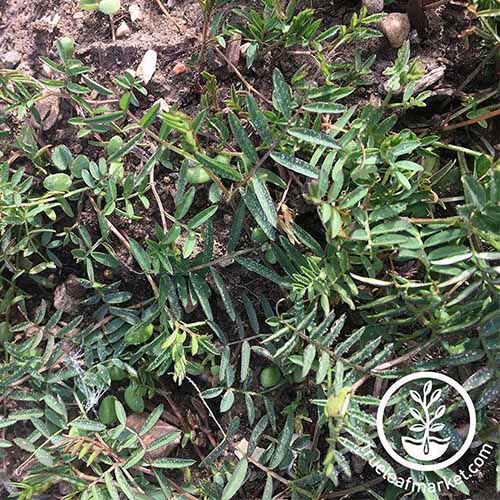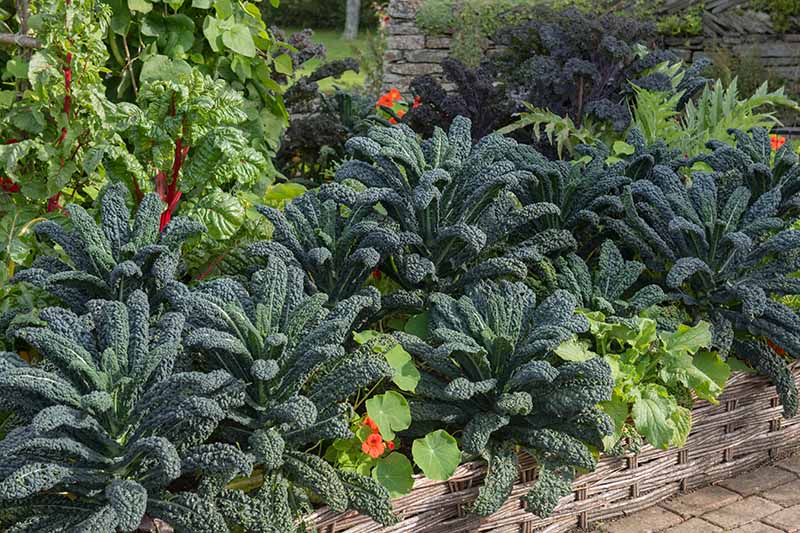And now you’re wondering which plants are the best companions for this cherished cruciferous plant. There are a wide selection of buddies available for your kale, and I recommend that you pick not just one, but several of them. Diversity, diversity, diversity – always an important mantra in the garden. We link to vendors to help you find relevant products. If you buy from one of our links, we may earn a commission. Here’s what we’ll cover:
Companion Roles
When choosing the best companions for kale, we want plants that play the following roles:
Insectaries: attract predatory and parasitoid insects with nectar, pollen, and shelter Repellents: deter pests through smell or visual confusion Nitrogen fixers: add nitrogen to the soil Light feeders: have low nitrogen requirements so won’t compete for nitrogen Ground covers: act as cover crops for water retention, to protect soil, and prevent weeds. Some can be dug into the soil at the end of the season as a “green manure” to add nutrients and organic matter Shade providers: offer protection in the form of shade
Some plants will do more than one job – so take advantage of the companions with multiple roles and you’ll get more bang for your buck.
Kale’s Companions
There is a wide range of suitable companions for this cruciferous plant, and they offer their assistance in different ways. I’m going to cover a few of the more common garden plants you can use, explain how they can help, and suggest some of my favorites.
Herbs
It’s useful to be aware of allelopaths in order to prevent and diagnose mysterious garden problems unattributable to disease or pests. Call them herbs if you like, but for companion planting purposes, you can also call them “insectary plants.” Insectary plants provide nectar, pollen, and shelter for predatory and parasitoid beneficial insects – the kind we want around. Many of these insects are pollinators as well, so try to think of them as beneficial buddies instead of tiny, heartless monsters. Some herbs also help by repelling pests. And most herbs are light feeders, which means they don’t compete with your crop for nitrogen.
Cilantro
Love it or hate it, cilantro (Coriandrum sativum) attracts hoverflies (Syrphidae) and other beneficial insects, so it’s a great addition to your garden. If you are a cilantro lover like I am, you will enjoy the wonders of harvesting it fresh from your garden whenever you need it. It’s the good life indeed when your beans and rice are blessed by the fresh, bright taste of homegrown cilantro. On the other hand, if you’re a cilantro hater, leave it in the garden. Either way, you will need to let some of your cilantro flower to provide nectar for the beneficial bugs. If you’re looking for seeds to get your cilantro patch going, try the slow-bolting ‘Leisure’ variety.
‘Leisure’ You can buy a single pack of ‘Leisure’ cilantro seeds, or you can buy five pounds of it – because there is no such thing as too much cilantro! Seeds are available at Eden Brothers. Learn more about growing cilantro here.
Dill
Dill (Anethum graveolens) is perhaps the only garden herb I love as much as cilantro, and the beneficial insects seem to agree. If you’ve ever grown dill before, you’ve probably seen wasps, hoverflies, and the like darting around it happily. Hoverflies – one of my favorite beneficial insects to observe – are more attracted to yellow and white flowers than other colors, and dill fits this description. And although you’ll want to leave some for the insects, of course you won’t want to go the whole summer without using some of this aromatic yourself. Dill goes well with cucumbers, naturally, but my favorite way to use it in the kitchen is with potatoes. Dill is easy to grow from seed. The ‘Bouquet’ variety will be sure to make you – and your beneficial insects – happy.
‘Bouquet’ ‘Bouquet’ seeds from Mountain Valley Seed Co. come in packets of various sizes and are available at True Leaf Market. Learn more about growing dill here.
Lemongrass
This wonderful herb acts as a repellent for certain pests. Lemongrass (Cymbopogon citratus) was found to lower populations of tobacco cutworm (Spodoptera litura) in Chinese kale crops. And lemongrass isn’t just great in the garden. When I have lemongrass on hand, I love to use it to whip up a Thai curry for dinner. If the mere mention of the words “Thai” and “curry” have you salivating, I suggest you have a look at this gorgeous recipe for red coconut curry chicken with lemongrass and toasted sesame noodles over at our sister site, Foodal. If you want a fresh supply of your own for such recipes, you can plant lemongrass from seed or buy an established plant.
Lemongrass You’ll need to either treat this tropical plant as an annual, or overwinter it indoors in Zones 8 and lower. You’ll find both seeds and live plants available at Burpee. Learn more about growing lemongrass here.
Vegetables
Many veggies make good companions for kale, and they all help out in their own unique ways. However, you may want to avoid planting it with its brassica relatives. Brassicas tend to be prone to the same pests and diseases, so planting them together can easily lead to an outbreak.
Kale is considered a moderate to heavy nitrogen feeder. This doesn’t mean you can’t plant it with other heavy feeders, but if you do, make sure you add an extra source of nitrogen – such as well-rotted manure – to your soil.
Beans
Beans are nitrogen fixers, so they are good friends for this cole crop since they won’t compete for nitrogen, and will add it to the soil.
They are also very easy to grow, so if you’re a beginning gardener, growing beans from seed will help build your gardening confidence. One of my favorite varieties is the heirloom, ‘Blue Lake,’ a type of snap bush bean.
‘Blue Lake’ It produces high yields of classic green beans that will be ready to harvest in 50-70 days. You can find organic ‘Blue Lake’ bush bean seeds at True Leaf Market. Read more about growing various types of beans here.
Hot Peppers
In a study conducted in 1998, published in the Journal of Asia-Pacific Entomology, hot peppers (Capsicum annuum) were found to attract Trichogramma chilonis, a type of parasitic wasp, so add hot peppers to your list of insectary plants.
Peppers are also light feeders, making good companions in this way, as well. There are many types of hot pepper out there, so even if you aren’t a fan of scorching, spicy heat, you might enjoy discovering some of the milder ones just for their intriguing flavors. The first time I had a fresh habanero pepper, I was amazed at the delicious fruitiness behind the heat.
‘Zavory’ ‘Zavory’ is a variety of habanero that is really mild, measuring in at only 100 on the Scoville scale. This is quite a low heat when you consider that the hottest peppers can reach into the millions! You can order ‘Zavory’ hot pepper seeds from Burpee. Learn more about growing hot peppers here.
Tomato
One study in Kenya in 2003 published by the International Center of Insect Physiology and Ecology, found that tomatoes interplanted with kale reduced infestations of diamondback moths (Plutella xylostella), a damaging pest, as well as other pest insects and diseases. Go ahead and plant tomatoes and kale together. Just make sure you feed them with supplementary fertilizer, because they both want a lot of nitrogen. One of my favorite tomato varieties is ‘Cherokee Purple,’ an heirloom with an unusual color. It’s great for eating sliced with just a little salt, pepper, and olive oil. Or you could put it on sandwiches and hamburgers, or dice it up for a salad.
‘Cherokee Purple’ ‘Cherokee Purple’ plants are indeterminate with fruits growing 1 pound each, or more. The ripe tomatoes have a gorgeous purplish red color with a bit of green on top, and the seeds are surrounded by a lovely green gel. I bet this variety will become one of your favorites, just as it is mine. Packets of organic ‘Cherokee Purple’ seeds are available at Eden Brothers. Learn more about growing tomatoes here.
Alliums
Onions, leeks, garlic, shallots, and chives – I’ve never met an allium I didn’t like. Their lovely purple blossoms nod in the warm breeze on a summer day, standing out amongst all the leafy garden plants.
Alliums aren’t just pretty – they earn their keep by deterring moths, mites, aphids, and flea beetles from your kale. And you can add them to your list of insectary plants, as well.
Bunching Onions
I’ve never been big on growing onions. They are easy and inexpensive to buy at the market, so I’d rather keep my garden real estate for the vegetables that are harder to come by. I make an exception for bunching onions, though. Bunching onions (Allium fistulosum) are low-maintenance, easy-going plants to have in the garden. I use them as scallions in salads, salsas, and stir-fries. They are an all-purpose crop that earn their keep.
Bunching Onions I got my first bunching onions from a plant swap, but if you don’t have one of those in your neck of the woods, you can plant them from seed. Organic evergreen bunching onion seeds are available for purchase at True Leaf Market. Read more about growing bunching onions here.
Chives
Chives (Allium schoenoprasum) are another easy to grow garden plant. They have beautiful flowers, are not fussy, and provide a useful culinary ingredient. You can learn more about the health and cooking benefits of chives over at Foodal.
This pest deterrent will certainly make you smile when you see it bravely guarding your kale. Chives are easy to find at plant nurseries, but why not try starting your own from seed?
Chives Organic chives seeds are available from True Leaf Market. Learn more above growing chives here.
Leeks
As another pest repellent, the leek (Allium ampeloprasum) should have a place in your garden. And as a cooking ingredient, it should have a place in your kitchen. In my opinion, there is no beating the leek. From gorgeous quiches to soups that have a certain je ne sais quoi, the leek will elevate your cooking. This wonderful garden plant will get you cooking all of those French dishes you’ve always wanted to try. Check out the delicious leek, artichoke, and red pepper quiche recipe at Foodal. Get your own fresh supply of leeks by growing them as companions to your kale.
‘American Flag’ ‘American Flag,’ an heirloom, is a cold-hardy, overwintering leek variety. Seeds for this garden gem are available from Eden Brothers. Read more about growing leeks here.
Annual Flowers
There are many annual flowers that can provide benefits for your garden kale, but some have a more established track record than others, and are more commonly found.
All will act as insectary plants, while some have additional benefits.
Marigolds
The smell of marigolds (Tagetes spp.) always delights me, letting me know that summer has really arrived. And I’m not the only one who likes that smell – hoverflies do, too, and their larval form feeds on aphids, a common pest for growers of cruciferous vegetables. Low growing varieties of marigold can also make a good ground cover. I like to add several varieties of marigold to my garden every year, including those that are nice and tall. The ‘Inca II Series’ African marigold variety is one of the tall ones. Its seeds produce bushy plants that grow up to 14 inches high and have huge flower heads that reach 4-5 inches across.
‘Inca II Series’ These come in four different colors, or if you can’t decide, go for the variety mix, available at True Leaf Market. Read more about growing marigolds here.
Nasturtium
There’s evidence that nasturtiums (Tropaeolum spp.) protect cole crops from cabbage loopers (Trichoplusia ni). They provide excellent ground cover and attract predatory and parasitoid insects to naturally control pest populations like aphids. Even if they didn’t help prevent damage from pests, I would include these in my garden anyway, just because they are such a cheery little flower. I can never really pin down a favorite variety when it comes to nasturtiums, but I do find varieties with red flowers particularly attractive in the garden.
‘Empress of India’ ‘Empress of India’ is one such variety with deep scarlet flowers. This variety grows 10-12 inches high with an 8 to 10-inch spread, and seeds are available from True Leaf Market. Learn about growing nasturtium flowers here.
Sweet Alyssum
You’d think sweet alyssum (Lobularia maritima) was all looks and no substance. But don’t let its mounds of pretty flowers fool you. This fragrant plant attracts hoverflies, and is therefore an excellent aphid control. It starts blooming in early spring, providing a source of early nectar for beneficial insects. Sweet alyssum’s low-growing, mounding form will make it an excellent ground cover in your garden, and since it’s not a heavy feeder, it won’t compete with your main crop for nitrogen.
‘Tiny Tim’ Kale looks lovely in a mixed veggie and flower bed, and a low growing variety of sweet alyssum will make an excellent border for such plantings. Just be aware that it self-seeds very easily and if you’re not careful it can have a tendency to take over. Seeds for the white-flowered ‘Tiny Tim’ variety, which grows only 3 inches tall, can be found at True Leaf Market.
Grains and Cover Crops
Many backyard gardeners overlook planting grains and cover crops in their garden, but these plants can serve important roles in protecting your kale – along with adding some visual interest to your garden.
These cover crops can also act as a “green manure” when you dig them into the soil at the end of the growing season, adding nutrients and organic matter.
Buckwheat
Buckwheat (Fagopyrum esculentum) can be a buddy to your kale in many different ways. It can act as a ground cover crop, encouraging water retention and preventing soil degradation. Although it’s not a legume, it is a nitrogen fixer, so will add nutrients to your entire garden. And buckwheat attracts foraging beneficial insects that will help your kale in the pest department. One of the beneficial insects buckwheat attracts is the minute pirate bug, which feeds on aphids, thrips, and small caterpillars. Buckwheat is fast-growing, maturing in just 30-40 days, so it can act as a nurse plant while your seedlings get established.
Buckwheat Organic buckwheat seeds from Mountain Valley Seed Co. can be found in a variety of sizes at True Leaf Market.
Sorghum
Also known as “broom corn,” sorghum attracts parasitic wasps, which are predators of several pests that affect kale. Along with attracting beneficial insects, sorghum has another benefit related to its growth habit. If you garden in a climate where kale does not thrive in full sun, you can use a taller plant such as sorghum to provide it with a little shade. Just be sure to plant it to the south of your kale.
Ornamental Broom Corn If you’re only growing sorghum as a beneficial plant, rather than to harvest the gluten-free grain, you might try planting ornamental broom corn. You can find ornamental broom corn seeds at True Leaf Market.
Hairy Vetch
Hairy vetch is a plant that works overtime. It’s a nitrogen fixer, a ground cover, and it attracts beneficial insects. In one study, published in the Weed Technology Journal in 2009, kale grown with hairy vetch doubled yields compared to the control plot grown without it. Ready to add hairy vetch to your garden?
Hairy Vetch You can get organic hairy vetch cover crop seeds in package sizes from one to 50 pounds at True Leaf Market. Want more cover crop suggestions? Find our full list here.
Bad Companions
Along with kale’s friends, there are a few plants that are particularly unfriendly in the garden – these meanies are called “allelopaths.” This refers to the effect of certain chemicals produced by one type of plant on another plant growing close to it. These chemicals can get into the soil either by leaves falling on the ground and decomposing, or by rainfall washing them from living leaves onto surrounding plants and soil. The following allelopathic plants can have harmful effects on neighboring plants, including kale:
Sunflower – according to this study in Australia, allelochemicals extracted from the sunflower leaf prevented seeds planted near it from germinating, by disrupting cellular metabolism
Tree of heaven – this invasive species contains phytotoxic chemicals in its roots and bark, which inhibit root growth in plants growing nearby. It’s also an important host for spotted lanternflies, a destructive pest.
Black walnut – producing a chemical known as juglone, plants grown within about 50 feet from black walnut trees can show symptoms such as wilting, yellowing of the leaves, stunted growth, before they eventually die. Kale is sensitive to juglone, and should be kept well away from any black walnut trees.
Kale Companion Chart
Here’s a convenient reference chart to help you plan your vegetable patch:
Are there any other companions you have had personal experience with in your garden? We’d love to hear about them here – and even better, we’d love to see them growing alongside your kale if you have photos to share. Interested in pursuing your education in all things kale a bit further? We have more for you right here:
How to Naturally Kill Insects on Kale: The Best Organic Solutions Tips for Protecting Kale from Pests and Disease Will Kale Grow in Containers? Tips for Growing Your Crop in Pots Kale Spacing: How Far Apart to Plant for the Best Harvest
Photo by Meghan Yager © Ask the Experts, LLC. ALL RIGHTS RESERVED. See our TOS for more details. Originally published on December 11, 2019. [lastupdated]. Product photos via Burpee, Eden Brothers, and True Leaf Market. Uncredited photos: Shutterstock. With additional writing and editing by Clare Groom and Allison Sidhu.

